There’s something undeniably magical about the dark, moody magic of monsoon weather. But, have you ever wondered when were monsoon winds discovered?
The monsoon, a colossal atmospheric phenomenon characterized by seasonal wind reversals and associated rainfall, has been an integral part of human history for millennia. Its profound impact on civilizations, economies, and ecosystems is undeniable.
Yet, the question of when humans first consciously recognized and utilized monsoon patterns remains a subject of intrigue.
This article delves into the history of monsoon discovery, exploring early human interactions, the contributions of ancient civilizations, and the advancements in monsoon science.
Early Humans and the Monsoon
While concrete evidence of monsoon history is scarce, it’s plausible that prehistoric humans developed a rudimentary understanding of monsoon cycles through observation and adaptation. The rhythmic nature of the monsoon, with its predictable wet and dry seasons, would have influenced everything from food gathering to migration patterns.
Archaeological findings suggest that early agricultural societies, such as those in the Indus Valley, may have synchronized their planting and harvesting cycles with the monsoon calendar. This early awareness of monsoon patterns laid the foundation for subsequent civilizations to build upon.
The Monsoon in Ancient Civilizations
The monsoon winds heavily influenced trade in the Indian Ocean. Merchants had to carefully plan their travel routes to take advantage of the monsoon winds. Ports in the Indian Ocean were strategically located along the monsoon route. Given that Sri Lanka was an island along this trade route, it served as a convenient stopover for ships traveling with the monsoon.
Historical records show that merchant ships frequently arrived in Sri Lanka from both the western and eastern regions of the Indian Ocean. These ships relied on daytime navigation without the use of mariner’s compasses and navigated at night using the stars.
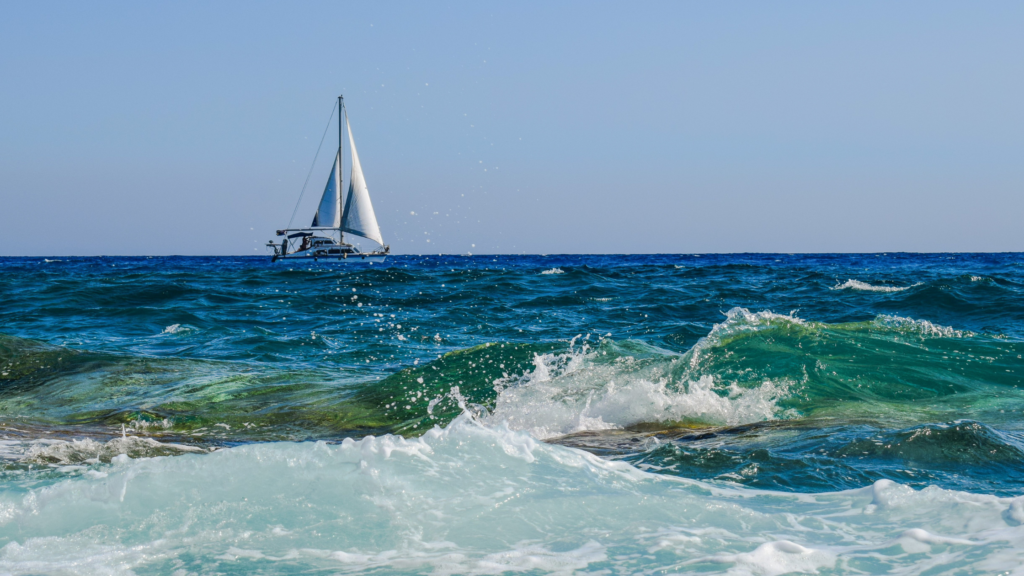
- India: A Cradle of Monsoon Knowledge
The Indian subcontinent, situated at the heart of the monsoon region, offers a rich tapestry of monsoon history. The Indus Valley Civilization (IVC), dating back to around 3300 BCE, showcased remarkable urban planning and water management systems, indicative of a sophisticated understanding of monsoon hydrology.
Vedic scriptures, composed around 1500 BCE, contain detailed descriptions of seasonal rains, suggesting a deep-rooted connection between the people and the monsoon.
The construction of the Great Bath at Mohenjo-daro, a major Indus Valley city, is believed to have been influenced by the monsoon, as it provided a crucial water source during the dry season.
- China: Celestial Insights and Maritime Trade
The Chinese, renowned for their astronomical observations, also developed a keen awareness of monsoon patterns. Their maritime trade routes, which connected them to Southeast Asia and India, were intricately linked to monsoon winds. Chinese navigators meticulously studied celestial bodies to predict monsoon onset and offset, demonstrating a sophisticated level of monsoon science.
The Chinese had a deep understanding of the celestial cycles and how they related to terrestrial phenomena, including the monsoon. This knowledge was essential for their maritime expeditions, says Dr. Li Wei, a renowned historian of Chinese science.
- Arabia: Masters of Monsoon Navigation
Arabian traders were pioneers of monsoon navigation. Their knowledge of wind patterns enabled them to establish efficient trade routes between the Arabian Peninsula, India, and East Africa. The monsoon winds facilitated their voyages, allowing them to capitalize on favorable conditions for both outward and return journeys.
Hippalus: A Milestone in Monsoon Navigation
While ancient civilizations possessed a profound intuitive knowledge of monsoons, the Greek seafarer Hippalus is often credited with a more systematic approach to monsoon navigation. Around the 1st century AD, Hippalus is said to have discovered a direct sea route from Egypt to India by utilizing the southwest monsoon. This marked a significant milestone in monsoon history, as it facilitated trade and cultural exchange between the East and West.
However, it’s essential to view Hippalus’s contribution within the broader context of human interaction with monsoons. His achievement was built upon centuries of accumulated knowledge and experience, and it represented a refinement rather than a groundbreaking discovery.
The Evolution of Monsoon Science
The modern era has witnessed unprecedented advancements in our understanding of monsoons. Meteorologists and climatologists have employed sophisticated models and satellite technology to study monsoon patterns with increasing precision. This research has led to improved monsoon prediction, enabling better disaster preparedness and agricultural planning.
The Indian Meteorological Department (IMD) has made significant strides in monsoon prediction, issuing early warnings for heavy rainfall and cyclones, which has helped save countless lives.
Monsoon science has also revealed the intricate interplay between the monsoon and global climate systems. Climate change is projected to alter monsoon patterns, with potential implications for billions of people who rely on monsoon rains for their livelihoods.
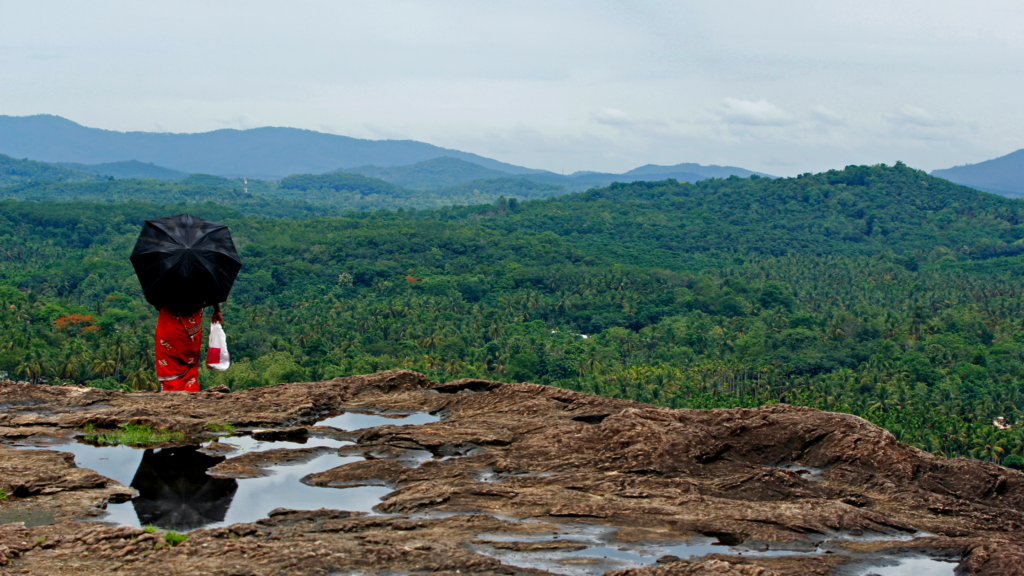
Lately, the monsoon has become more unpredictable due to climate change across South Asia, attributing it to the basic science that warmer air holds more moisture. This means longer dry spells and more intense bursts of rainfall.
This erratic monsoon pattern is causing problems for farmers who depend on the predictable seasonal rains for their crops. Scientists believe that the monsoon will only become more extreme in the future, posing a significant challenge for India’s agricultural sector.
Villagers have, however, adapted by digging trenches to catch and retain rainwater, preventing wells from drying up after the monsoon.
Final Word
The history of monsoon discovery is a testament to human ingenuity and adaptability. From the early farmers who synchronized their lives with the monsoon’s rhythm to the modern scientists who unravel its complexities, our relationship with this natural phenomenon has evolved over millennia.
So, when were monsoon winds discovered?
While the exact date of monsoon discovery remains elusive, it’s clear that humans have been intimately connected to these winds for as long as we have inhabited monsoon-influenced regions.
Understanding the history of monsoon discovery is crucial for appreciating the monsoon’s significance in shaping human societies and for addressing the challenges posed by climate change. As we continue to explore the mysteries of the monsoon, we gain deeper insights into our planet’s climate system and the delicate balance between humans and nature.
Sources
- https://www.deccanherald.com/science/the-monsoon-is-becoming-more-extreme-1152202.html
- https://amzn.to/4dhUm5e

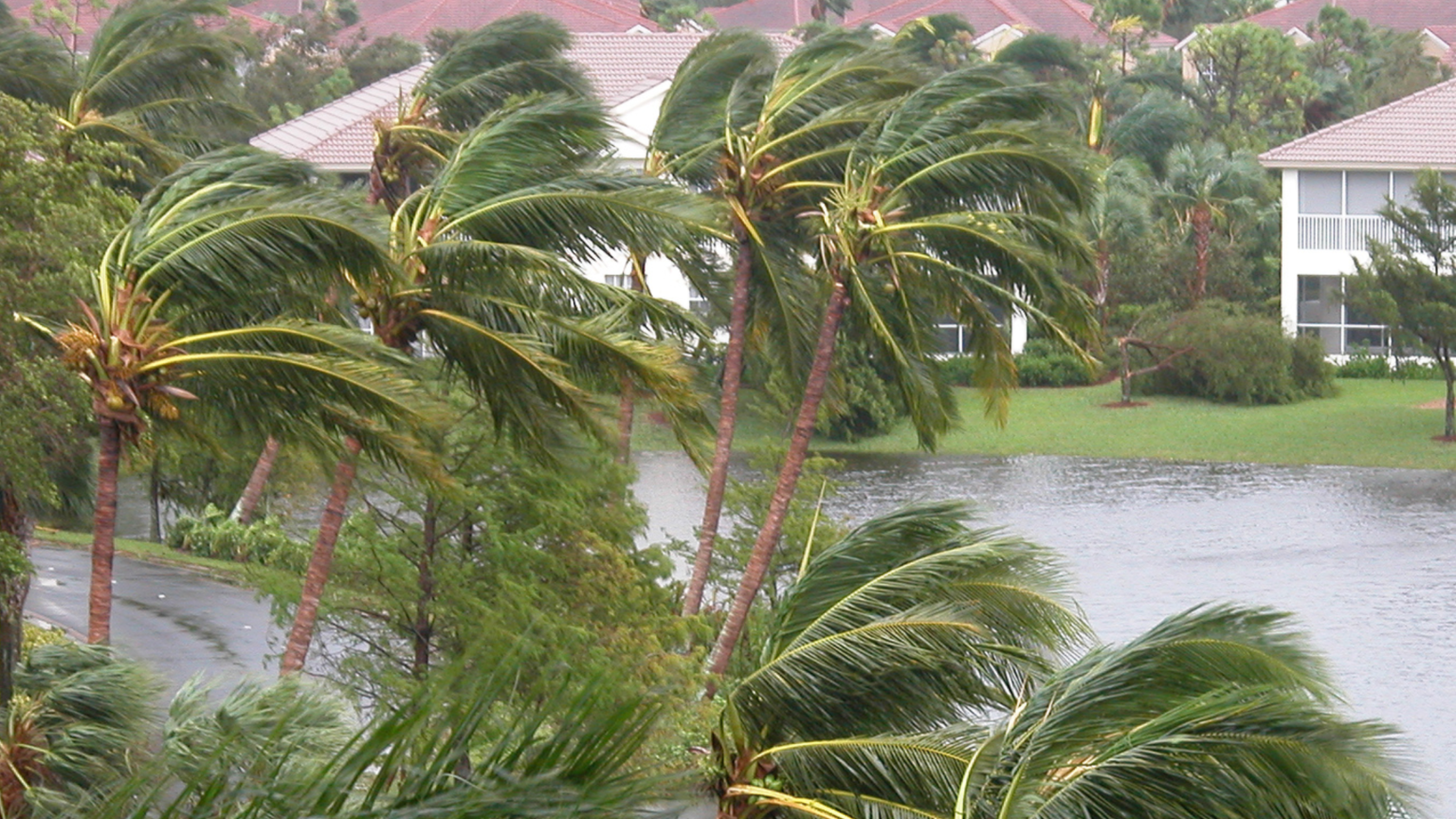
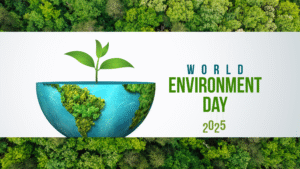
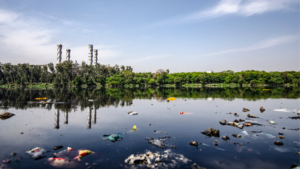
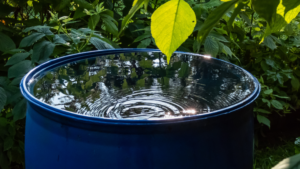



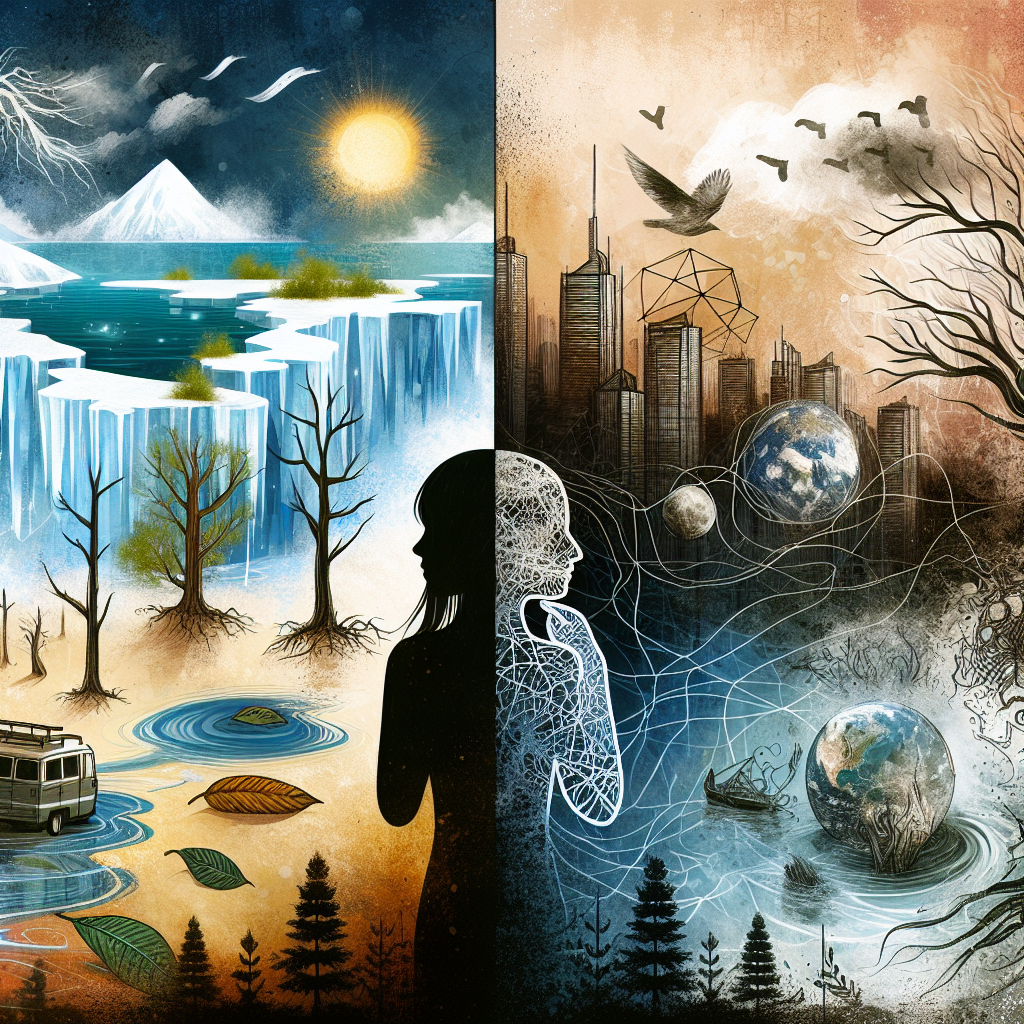

Your article helped me a lot, is there any more related content? Thanks!